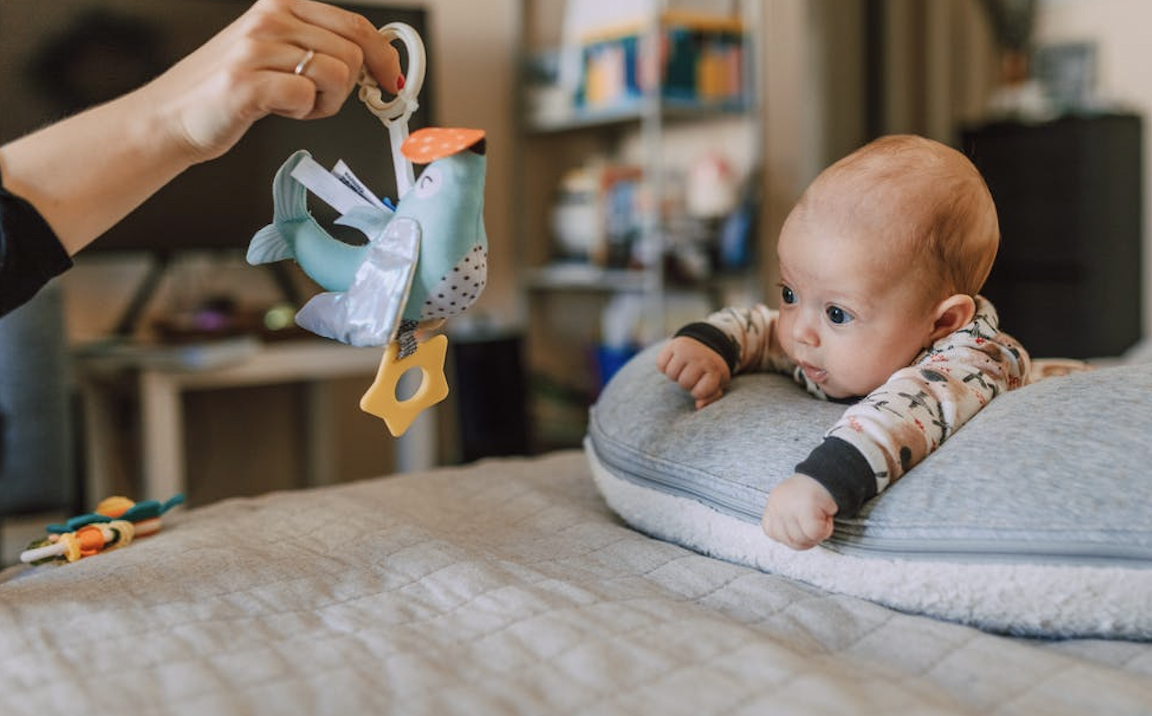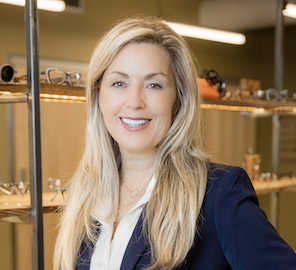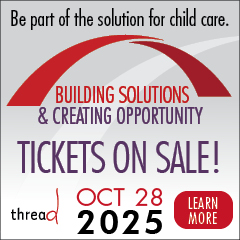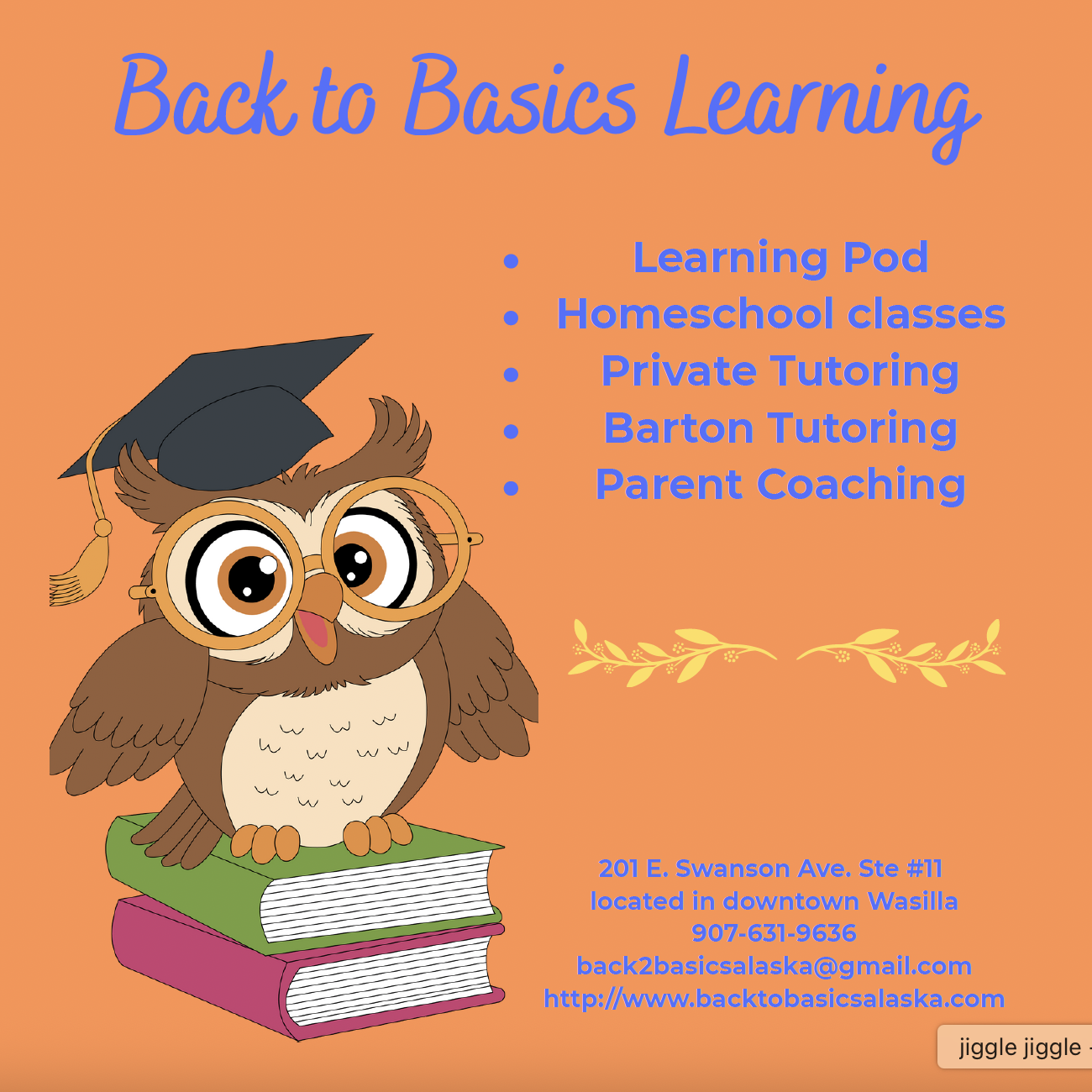Your Baby’s Vision

From Birth to 24 Months: Good vision and healthy eyes play a critical role in how infants and children learn to see.
A neat and clean house is a nice thing to have, but the thing about housework is that it never goes away. Once you get the house clean, it’s messy again. While you enjoy your new baby, try to let some of the cleaning go. Do the bare minimum while you rest, recover and recuperate from birth and snuggle your newborn.
During the first 3 months to a year is an important time for babies to learn about themselves through experimenting and exploring the world around them. Therefore, it is important to help encourage good vision and visual processing as they develop.g.
From birth to 3 months, infants can only see about 8-10 inches in front of them and are reacting to blurry shapes, contrast and movement. Their brains are developing vision and starting visual processing by absorbing new input through repetition and interaction. It is important at this time to avoid overstimulating activities, such as a movie on a smart device, computer or TV. The brain is busy working on categorizing and organizing new information and if it is coming too fast, these young brains can’t process the information.
At around 8 weeks, babies begin to recognize faces and start focusing their eyes. By 3 months, babies should be able to reach for and follow objects with their eyes. This is the time to interact with your baby; don’t just leave them in the car seat because they are content. Hold them when you are reaching for objects at the store or if you are at coffee. Roll a ball to them when they are on the floor, swing them back and forth, and spin around with them to help develop coordination of their visual and vestibular systems.
During 5 to 8 months, your baby’s control of eye movements and eye-body coordination begins to improve. This is when babies start developing depth perceptions and begin seeing in 3-D, and their color vision is getting better. They explore visual space further by dropping objects off their highchair or throwing objects.
Around 9 to 12 months, babies are really practicing their visual spatial skills and how they influence the world around them. Babies begin to get more mobile through crawling, pulling themselves up and walking. They start interacting more with objects and should be getting more accurate at tossing or rolling a ball to another person. Swinging, spinning and active playing are very important at this point in development.
Avoiding close activities that have a lot of stimuli is very important for a baby’s lifetime visual processing skills. Smart devices, TV and computer time should be kept at under 20 minutes and should have simple content, such as Dora the Explorer type of visual stimulus.

Sherry (Sheryl) Lentfer, OD, FCOVD, is a Family Eyecare Doctor at Katmai Eye and Vision Center and has a fellowship in vision development. Born and raised in Anchorage, she has practiced in the Anchorage and surrounding area since 1996.










